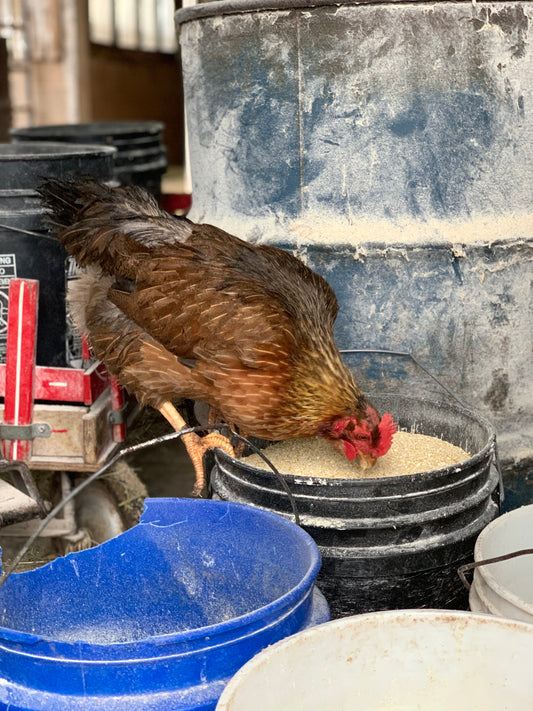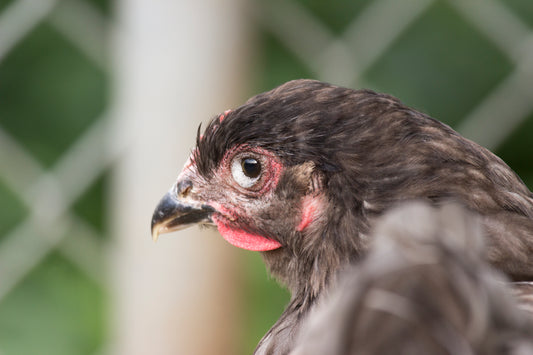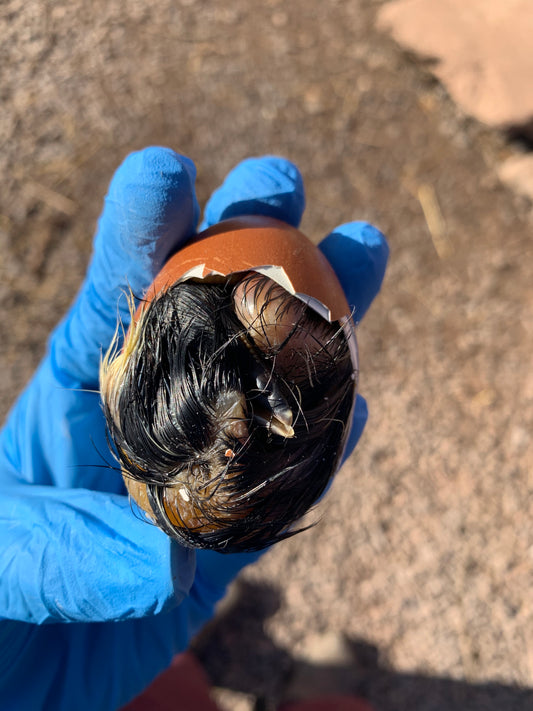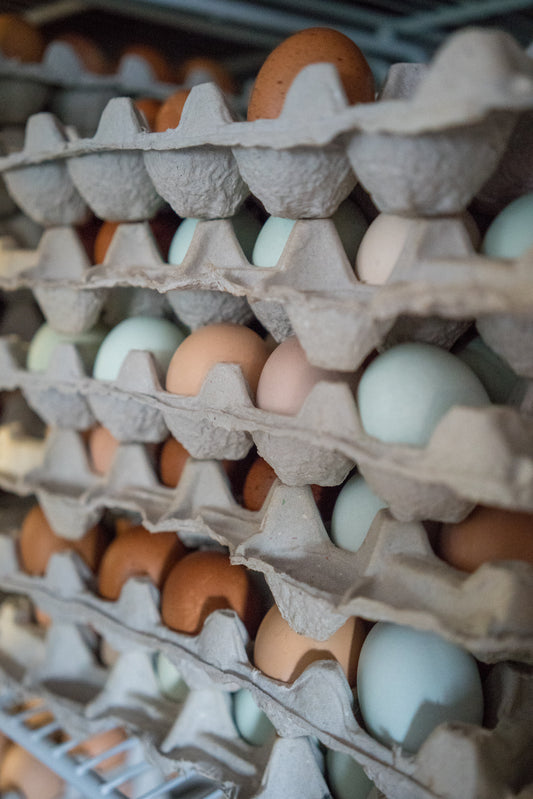A blog about all things chicken written by a chicken tender for chicken tenders.
The Egg-ucated Chicken
How To Set Up A Chick Brooder
A brooder is the proper poultry term for the area in which chicks are raised from the time they are hatched until they are ready for a grow-out pen or...
How To Set Up A Chick Brooder
A brooder is the proper poultry term for the area in which chicks are raised from the time they are hatched until they are ready for a grow-out pen or...

Feeding Chickens from Chick to Hen
A balanced diet is crucial to a chicken’s health and wellbeing. It also plays a very important role in the development of the hen’s ability to lay eggs. The...
Feeding Chickens from Chick to Hen
A balanced diet is crucial to a chicken’s health and wellbeing. It also plays a very important role in the development of the hen’s ability to lay eggs. The...

The Truth About Mycoplasma Gallisepticum
Not only does misinformation of MG come in the form of “everyone already has it”, it also comes in the form of “99% of wild birds are carriers”. Unlike the...
The Truth About Mycoplasma Gallisepticum
Not only does misinformation of MG come in the form of “everyone already has it”, it also comes in the form of “99% of wild birds are carriers”. Unlike the...

Heritage Chicken > Commercial Broilers
A world that consumes 50 billion chickens annually is not a world that can rely solely on three companies to maintain the industry. It’s important for heritage breed chicken owners,...
Heritage Chicken > Commercial Broilers
A world that consumes 50 billion chickens annually is not a world that can rely solely on three companies to maintain the industry. It’s important for heritage breed chicken owners,...

Troubleshooting Poor Hatchability
Over the years I've developed some data sheets to really hone in to my incubation practices. When an egg doesn't develop, stops developing at some point during incubation or the...
Troubleshooting Poor Hatchability
Over the years I've developed some data sheets to really hone in to my incubation practices. When an egg doesn't develop, stops developing at some point during incubation or the...

Increase Hatchability Using Better Hatching Egg...
For breeders with small flocks that wish to hatch large quantities at a time, it’s necessary to collect fertilized eggs for over a week before having enough to fill an...
Increase Hatchability Using Better Hatching Egg...
For breeders with small flocks that wish to hatch large quantities at a time, it’s necessary to collect fertilized eggs for over a week before having enough to fill an...

